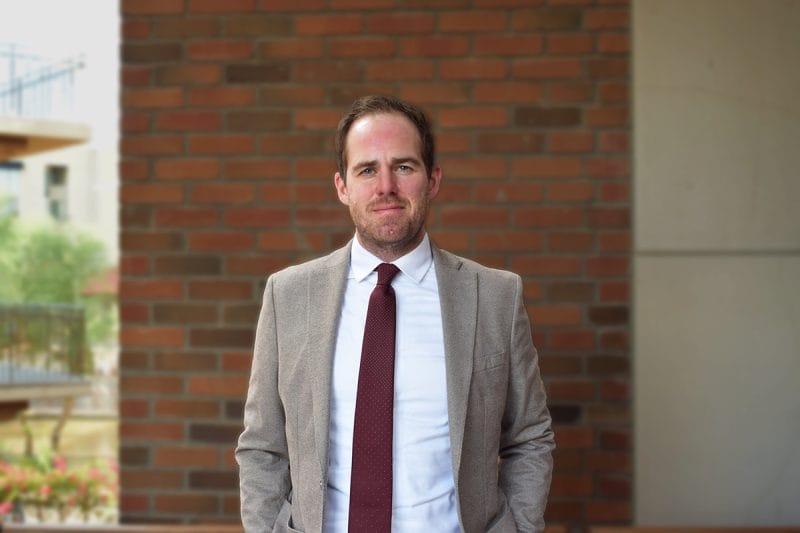
By Melissa St. Aude | Casa Grande Dispatch
Groundwater levels in much of Pinal County have recovered from historic overpumping that occurred in the 1950s, but the damage it caused is still evident, according to a groundwater modeling report recently released by the Arizona Department of Water Resources.
The report is a key tool that will be used by a new water committee being created at the request of state Reps. T.J. Shope and Frank Pratt to review an ADWR plan to gradually phase out agricultural extinguishment credits.
That group is expected to be formed in October.
Jeff Tannler, ADWR director of active management areas, told the
Pinal Groundwater Users Advisory Council — a group that serves as a liaison between the public and the water agency — on Thursday that the modeling report still needs to be tested and go through a review and public comment period.
But the new committee will have it available when it begins reviewing the extinguishment credit phase-out plan, he said. The phase-outs, which have become controversial, mean water rights attached to land for future development decline over time.
“We wanted to get this out there,” Tannler said. “This can be a useful tool and we can start using it right away.”
Tannler said the groundwater model update takes into account observed water levels, recharge and geology of the area.
Besides being a key piece of data for the committee evaluating the extinguishment credit phase- out plan, the report is expected to be used to determine assured water supply for future housing developments, estimating the amount of water in storage and making projections for future scenarios, Tannler said.
It also will be a key collection of data used by the water agency when it writes its fourth management plan next year, according to Tannler.
“Groundwater flow models have become an integral tool in understanding the complex interactions that affect regional aquifers and assisting in analysis of potential future conditions due to the effects of various stresses on aquifers ranging from changes in climate, urbanization or management practices,” an introduction to the report reads.
The report studied the 4,000- square-mile Pinal Active Management Area and its five groundwater subbasins — Maricopa-Stanfield, Eloy, Vekol Valley, Santa Rosa Valley and Aguirre Valley.
The regional aquifer has been affected by population growth, land use changes, water supplies and other stresses in the past several decades, according to the report.
“It is likely that water demand and supply will also vary considerably in the future,” the report states.
Local water panel effort moves ahead
Dozens of names have been submitted for a new water group tasked with finding alternatives to a controversial Arizona Department of Water Resources rule.
“We’ve had names submitted from all walks of life,” said District 8 state Rep. T.J. Shope. “Farmers, developers and even retired people who want to give back.”
Shope said he and fellow Rep. Frank Pratt have been reviewing the names and plan to meet with local Farm Bureau representatives for other suggestions.
“We’ve been receiving emails from lots of people who are interested in serving on this committee,” Shope said.
Final selection of the 15 members is to be made next month. Once selected, committee members will learn about Arizona’s open meeting law.







